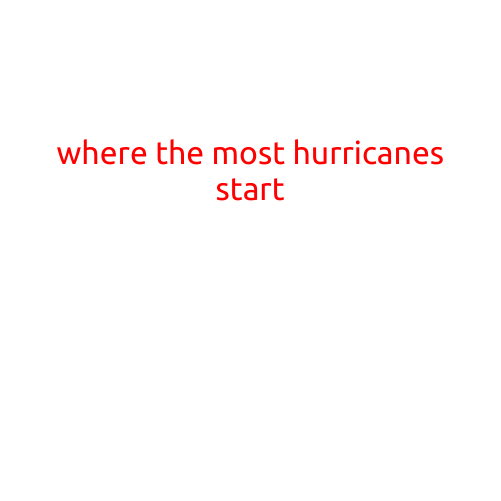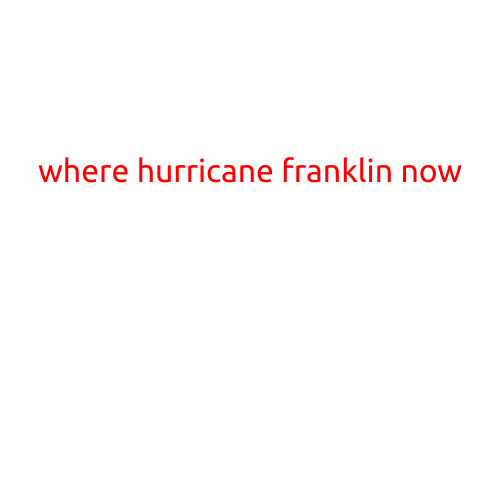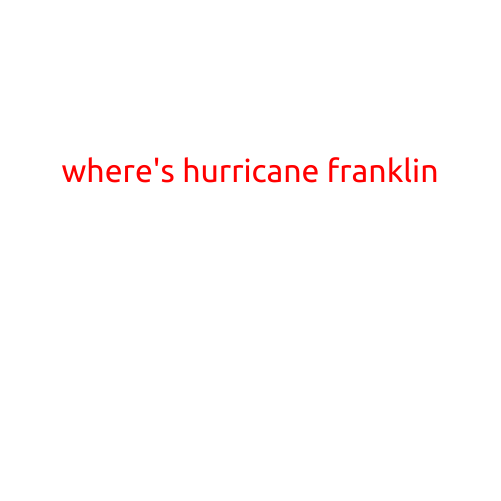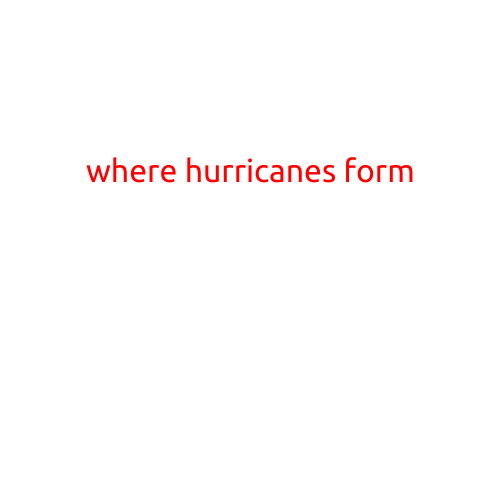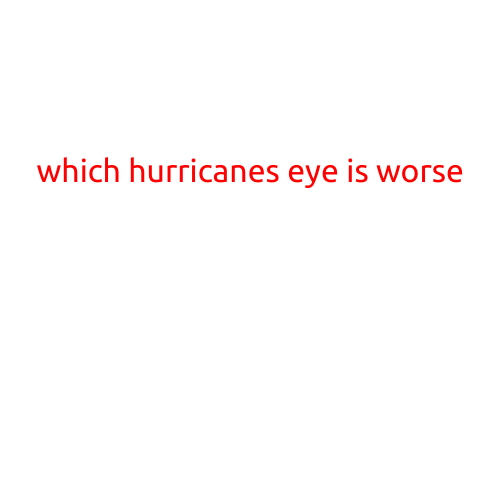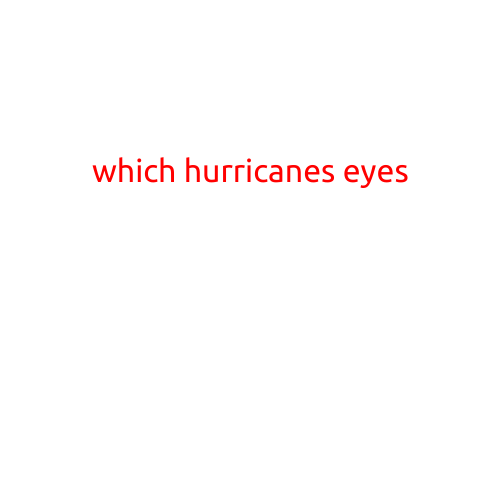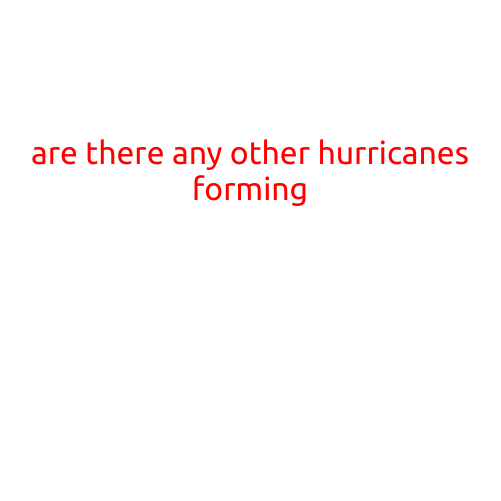
Are There Any Other Hurricanes Forming?
As Hurricane season is in full swing, many regions are bracing themselves for potential storms. With the Atlantic hurricane season officially running from June 1 to November 30, and the Eastern Pacific hurricane season from May 15 to November 30, it’s essential to stay informed about the latest developments.
Current Status:
As of [Current Date], the National Hurricane Center (NHC) is monitoring several areas of interest in the Atlantic and Eastern Pacific. While there are no active hurricanes currently affecting the coastline, there are a few systems that could potentially develop into hurricanes in the coming days.
Areas of Interest:
- The Atlantic: The NHC is tracking a low-pressure system located about 200 miles east of the Lesser Antilles. While the system is currently disorganized, it has a high chance of development over the next 48 hours. If it does develop, it could potentially strengthen into a tropical storm.
- The Eastern Pacific: In the Eastern Pacific, a low-pressure system is located about 1,000 miles southwest of the coast of Mexico. This system has a medium chance of development over the next 5 days, but it’s currently not expected to strengthen into a hurricane.
- Africa: The Indian Ocean is also an area to watch, as several disturbances are brewing off the coast of Africa. These disturbances could potentially develop into tropical cyclones as they move westward across the ocean.
Why Should I Care?
Even if there are no active hurricanes currently, it’s crucial to stay informed and prepared. Here are just a few reasons why:
- Forecast Uncertainty: Tropical cyclone forecasts are inherently uncertain, and even small changes in the track or intensity can have significant impacts.
- Rapid Intensification: Some hurricanes can strengthen rapidly, catching those in their path off guard.
- Storm Surges: Even if a hurricane doesn’t make landfall directly, a storm surge can still cause significant damage along the coastline.
What to Do Next:
So, what can you do to stay informed and prepared?
- Stay Up-to-Date: Check the NHC’s website (nhc.noaa.gov) for the latest information on tropical cyclones.
- Have a Plan: Develop a plan with your family in case of an evacuation, including a safe evacuation route, emergency contact numbers, and a communication plan.
- Prepare Your Home: Make sure your home is secure, including covering windows and securing outdoor items that could become a projectile in strong winds.
- Stay Informed: Sign up for emergency alerts and follow local authorities’ instructions.
By staying informed and prepared, you can weather any potential storms that may come your way.
Stay Safe, and Stay Informed!
